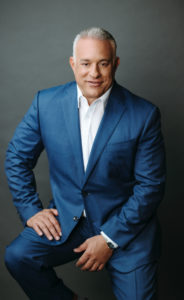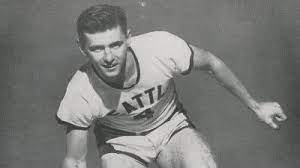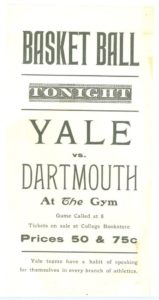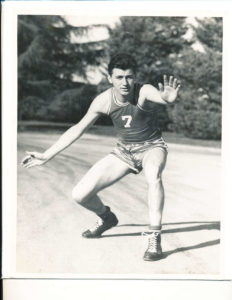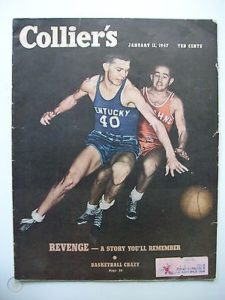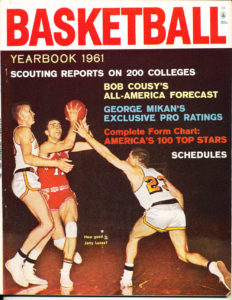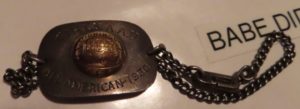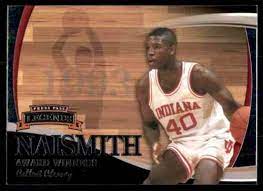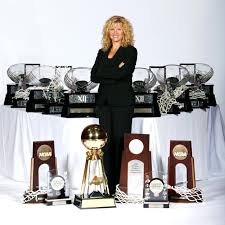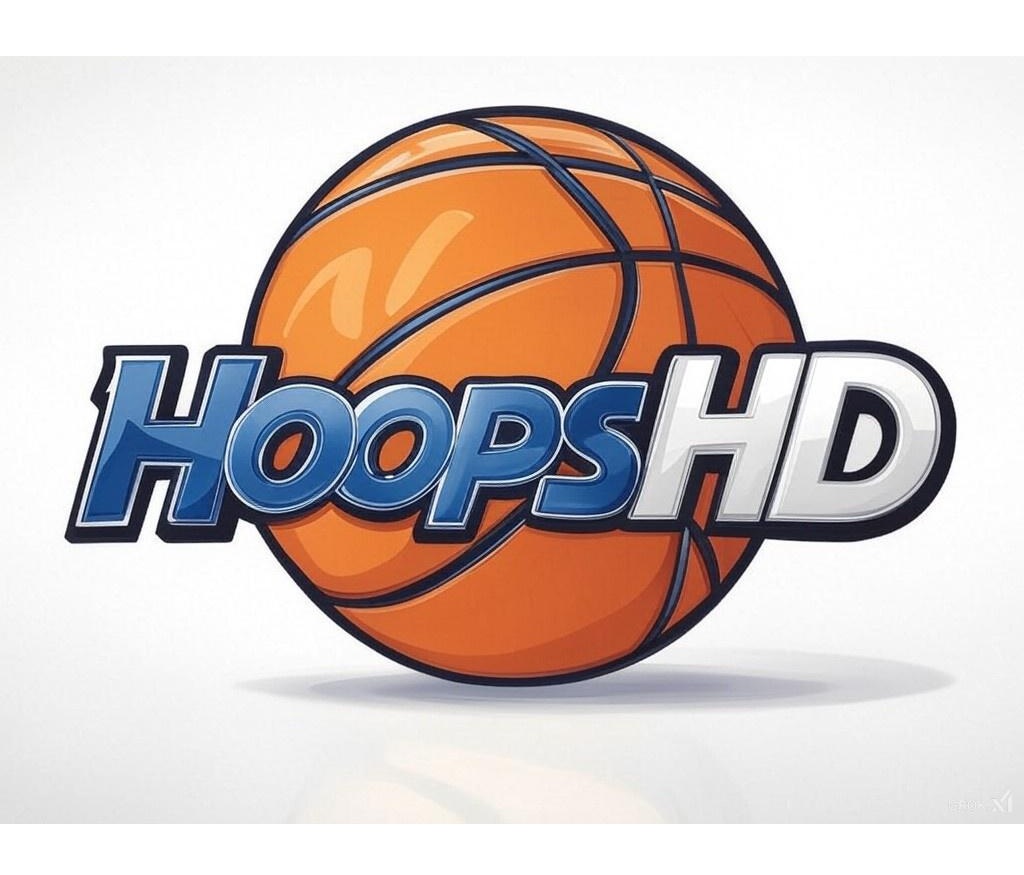The marketplace for NIL deals for college athletes was created last summer and Miami attorney John Ruiz appears to be on the cutting edge. In January he announced that he would be spending up to $10 million for NIL deals to athletes at his alma mater (Miami) and in the past few months he has already finalized 60+ deals and has another 50+ deals pending. A few months ago he signed a deal with the #1 player in the transfer portal (Nijel Pack), then made national news after convincing Isaiah Wong to keep his existing deal rather than attempt to renegotiate it. HoopsHD’s Jon Teitel got to chat with John about creating social media impressions and clearing up the NIL guidelines.
You have been an attorney for more than 3 decades, are the founder of MSP Recovery, CEO of LifeWallet, and owner of Cigarette Racing: how did it feel to become a billionaire last year, and what is the next goal that you would like to achieve? I do not really think about the money: it just came about as a result of hard work/luck. I work the same way now that I always have: probably even a little harder! What is important is that I can do positive things with the money, which makes me feel good. I like to innovate and provide avenues for those who are less fortunate.
In January you set aside $10 million for NIL deals and have already spent more than $5 million during the past several months spread out over 60+ signed deals with Miami athletes to promote your companies (with approximately 50 more deals pending): do you feel like your money will help your alma mater win games, and how many social media impressions do you need to receive to make the publicity worth the investment? It is not just about social media impressions…but we already have over 150 million so far! As a result, a lot of people have started to follow college sports, and LifeWallet has received a lot of attention on a granular level by giving kids a chance to succeed and allowing the athletes to network. We give NIL deals to more than just the elite athletes, such as long-snappers and walk-in athletes who do not even start. There are a lot of functionalities to winning, such as chemistry. I think there is a greater probability that Miami sports will do well, but that is also due to better coaches/trainers/facilities. It is no different than a pro team that is trying to bring in athletes with good mental stability.
What kind of NIL deal did you set up with Hurricanes guard Isaiah Wong last April? I do not want to disclose the amount but I was the 1st person to set up a deal with a Miami basketball player. When Isaiah and his family saw the deal that I struck with (Kansas State transfer guard) Nijel Pack his agent contacted me.
That same month you announced that Nijel signed a 2-year deal for $800,000 plus a car: how do you think he will do next season, and what impact (if any) did that have on the Wong deal? Nijel is a very talented athlete…but the reason he got $800,000 is because he was the #1 player in the transfer portal. That has a lot of value from an NIL perspective, which is why doing such a deal was my strategy. It still is explosive because Nijel is being viewed by the entire country and his deal is a measuring stick for everyone else. The 1st day we got over 5 million views, and then it went completely viral across the nation. Every time he steps onto the court everyone will look at him more and talk about him for years to come. I think it is amazing marketing.
What was your initial reaction when Wong’s agent Adam Papas stated that his client was going to enter the transfer portal if he did not get more compensation from his existing deal, and did you feel like he was trying to “hold you hostage”? I think the agent is a good guy: I dealt with him on Nijel’s deal as well. I blame the environment that the players and their families have to navigate: they do not have the experience in making such deals. It is like free agency where you can go wherever you want, unlike a pro draft where the team gets to make the decision. We need to educate the players/families more because there are a lot of moving parts. I do not blame a talented guy like Isaiah who feels that he is better than someone else, but an NIL deal is not a contract based on pure athletic ability: that is pro sports. However, a college athlete can have more marketing value than other people.
Less than 24 hours later Wong announced that he would keep his existing NIL deal and not enter the transfer portal after all: why did you refuse to renegotiate his deal, and how satisfied are you with where things currently stand? I do not renegotiate deals: once you sign a contract you are stuck with it. Had I renegotiated it I think that it would have been a violation of NCAA rules and I owe a fiduciary responsibility to the businesses I run. I think we are now in a great place and it was a good experience for everyone to learn from.
You stated that you will help him get some other NIL deals: what do you have in mind? I tell all of the players that our own companies have a good structure in place and I am well-networked with other companies who wants to provide deals as well. Miami QB Tyler Van Dyke originally signed a $65,000/year deal, but my understanding is that he is now making more than $1 million/year. LifeWallet increases the player’s value because it helps them get branded across the nation.
You have orchestrated deals with athletes in other sports including football/women’s college basketball: do you feel that 1 sport stands out above the rest in terms of return on investment, or is it simply a factor of how many followers the person has online, or other? There are a lot of different factors. In Nijel’s situation I viewed the marketing value at that specific moment (as the top player in the portal) rather than if he was already enrolled at Miami. I think there is a greater focus on individual players in basketball (since they play both offense/defense), even though football is followed more in general. Every deal is different: you need to know when to push/pull but it is not just about athleticism. Football/basketball are the top-2 sports but I have some other deals with college baseball players.
Do you see any downside to signing deals with teenagers either on the court (if they miss a game-winning shot) or off the court (if they get arrested for behaving badly)? You always have a problem if someone behaves badly but we have provisions that can void the contract if those kinds of things happen. If you take out a loan then there is a “bad boy” provision stating that if you commit fraud then there will be consequences. I think NIL deals are positive because we take pride in giving something back to the players beyond money: we provide an understanding of how to pay your taxes, fulfill your obligations, etc. People get overcome by the notion of winning: it is not always about who has a “W” next to their name in the sports section. These are young adults in different sports who will have a life after college, and that is where we fit in very nicely. We want them to succeed afterward as businessmen/family men.
How do you navigate the uncertainty about what is/is not permitted regarding NIL deals, and how would you clear up the guidelines if you were running the NCAA? Every circumstance in life has its own application. I am a stickler for dotting the I’s and crossing the T’s because I am a lawyer so that is par for the course. I think the NCAA needs to understand that there must be an equal playing field because right now there are different laws in different states that create inequality. Florida (where I live) has a very strict NIL statute, but if you are in California then the laws are less strict. Although I hate regulation, it cannot become a monopoly so you need more structure such as a cap per business/area. That is what they did in pro sports to keep it from spinning out of control. The payroll of some college football teams can be higher than some pro teams, which is crazy!

